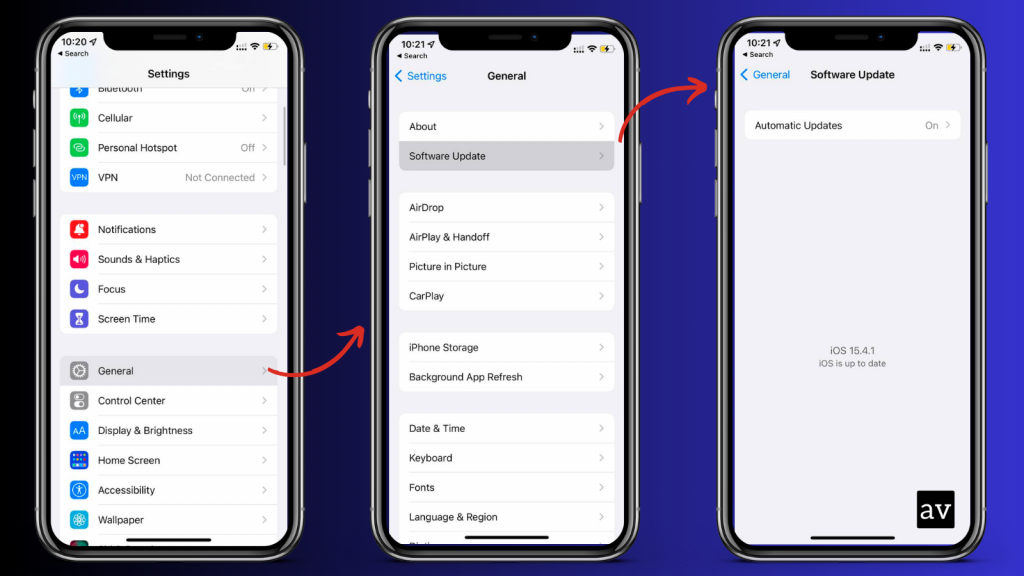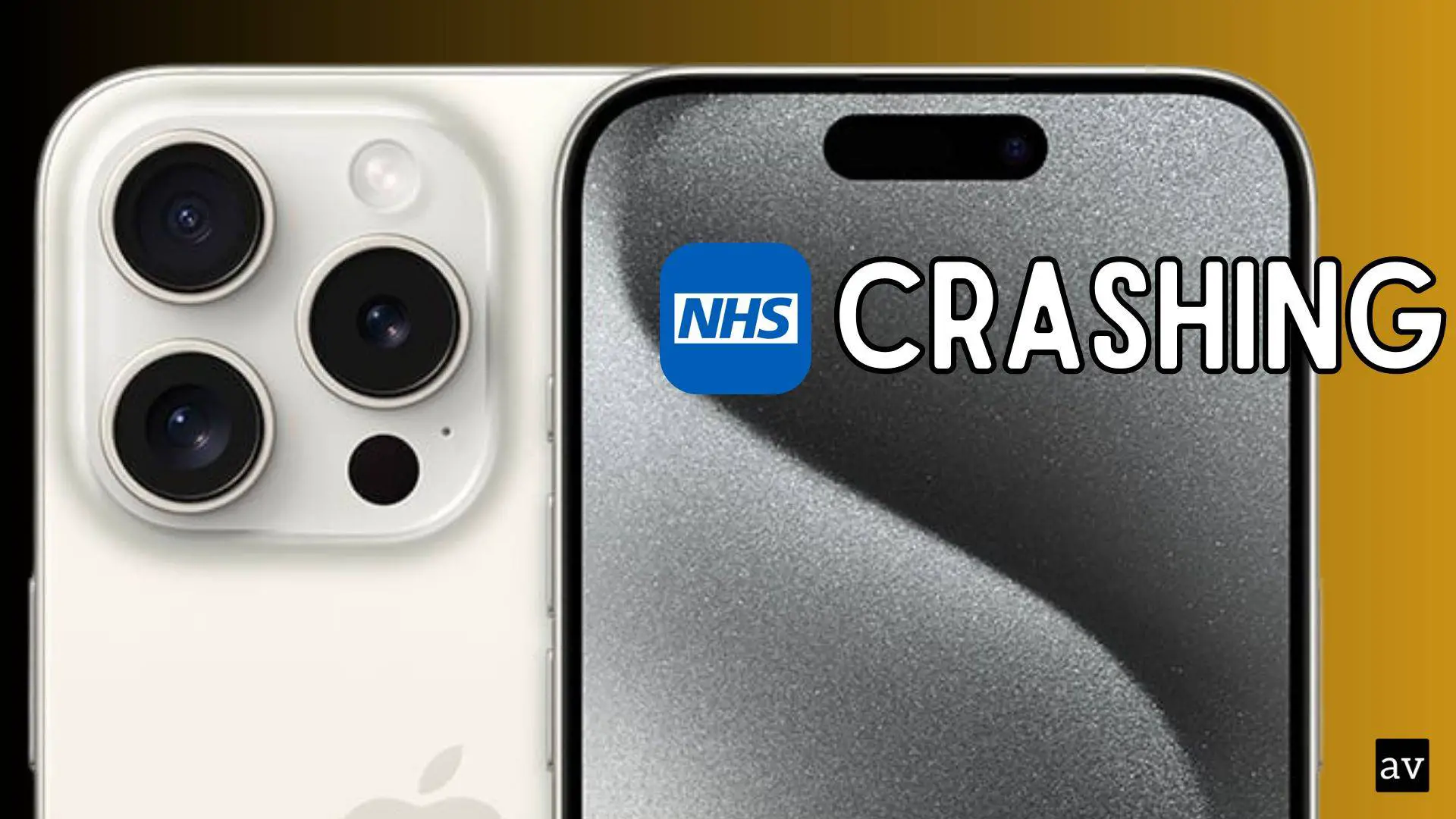Many users rely on the NHS App for convenient access to health services, but technical issues such as app crashes can lead to frustration and hinder access to essential information. If you’re experiencing crashes with the NHS App on your iPhone, it can disrupt your ability to schedule appointments, view medical records, or order repeat prescriptions. However, there are several troubleshooting steps that you can follow to resolve the issue swiftly and restore the app’s functionality. This article will guide you through practical solutions to get your NHS App running smoothly again.
Solution 1: Check NHS App Server Status
NHS App has faced outages before, and there is a good possibility that it might be facing downtimes now. We suggest you check Downdetector to check if NHS App is down.

However, if NHS App is up and running fine, let’s try a few more methods to troubleshoot and resolve the issue.
Solution 2: Restart Your Device
A simple yet effective starting point is to restart your device. This basic troubleshooting step can resolve minor glitches and improve your device’s performance, ensuring a smoother operation of NHS App.
Here’s how you can restart:
- To turn off your device:
- For iPhone X and later models: Press and hold the volume down button along with the side button.
- For iPhone SE (2nd or 3rd generation), 7, and 8: Press and hold the side button.
- For iPhone SE (1st generation), 5s, 5c, or 5: Press and hold the top power button.
- Slide to power off when prompted and wait for about 30 seconds.

- Power your iPhone back on by holding the power button until the logo appears.
Solution 3: Toggle Airplane Mode
Toggling Airplane Mode on and off can refresh your iPhone’s network connections, which might solve the crashing issue:
- Swipe into your iPhone’s Control Center.
- Tap the Airplane Mode icon to turn it on, wait a few seconds, then tap again to turn it off.

Solution 4: Close NHS App and Background Apps
Another common issue is the lack of sufficient RAM to support both NHS App and other background applications. Closing all apps can free up the iPhone’s memory:
- Double-press the home button or swipe up from the bottom (for devices with Face ID) to access the app switcher.
- Locate NHS App and swipe it up to close.

Solution 5: Update NHS App
Using an outdated version of NHS App can lead to not opening. Ensure you have the latest version installed by checking for updates in the App store. Developers regularly release updates to fix bugs and improve performance.

Solution 6: Update Your Device’s OS
Keeping your device’s operating system up to date is crucial for app compatibility and performance:
- Go to Settings > General > Software Update.
- If an update is available, follow the prompts to install the latest version.

Solution 7: Reinstall NHS App
If updating doesn’t work, try reinstalling NHS App:
- Press and hold the app icon on your home screen until a menu appears.

- Tap “Remove App” or “Delete App” and confirm.
- Reinstall NHS App from the App Store.
In conclusion, app crashes can be a significant inconvenience, but with the right approach, they can often be resolved quickly. By following the step-by-step solutions provided, you can hopefully fix the NHS App crashing issue on your iPhone. Remember to check the server status, restart your device, manage your network and app settings, and keep your app and IOS up to date. If all else fails, reinstalling the app may just do the trick. Keep this guide handy for the next time you face a similar problem, so you can get back to managing your health efficiently.




